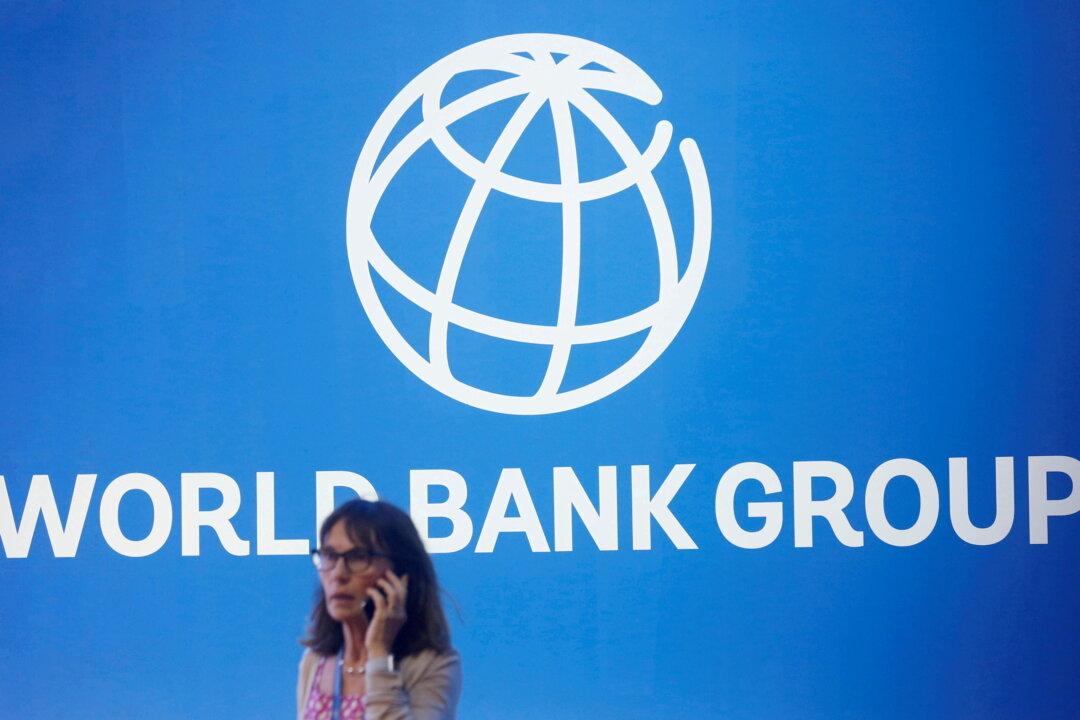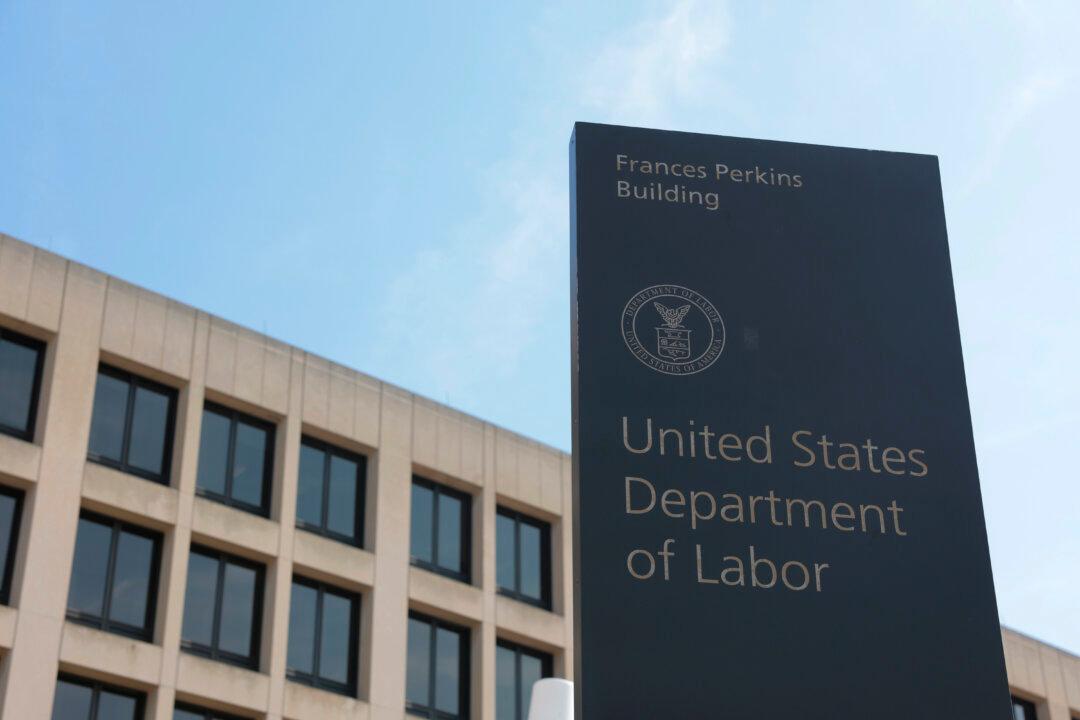Economic growth in East Asia and the Pacific is expected to be the weakest in decades next year, according to a new report from the World Bank.
In its semi-annual economic outlook for the region, the institution estimates that growth in developing East Asia and the Pacific is projected to be 5 percent in 2023, higher than the average growth rate expected in other emerging markets and developing economies but unchanged from the initial estimate.





